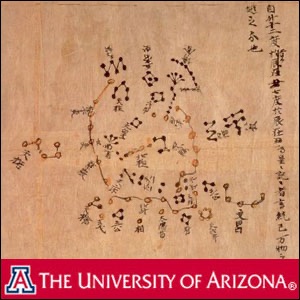Solar and Lunar Calendars
Update: 2011-07-12
Description
Transcript: The fundamental issue of calendars comes down to two astronomical numbers. One is the solar year, the time it takes the Earth to go a complete orbit of the Sun, or the time it takes the Sun to reappear at the meridian, at the highest point in the sky from one year to the next; a full cycle of the seasons. This is 365 ¼ days, roughly. A lunar month, or the time it takes between two consecutive similar phases of the Moon, is 29 ½ days. The problem of calendars comes from that fact that neither of these numbers is a whole number, and one does not divide into the other evenly. Thus, cultures in the world throughout the history humans have followed two different methods of calendars. Some people have followed the solar calendar, usually those who practice agriculture in northern latitudes. They follow the cycles of the Sun, and try to make a calendar that approximates as well as possible the solar year. Other cultures, primarily Arab cultures, have followed a lunar calendar. They ignore entirely the cycles of the Sun, and regulate their affairs according to the cycles of the Moon. Because 12 lunar months is only 354 days, or 11 days short of a solar year. If you keep a lunar calendar, your seasons and festivals will migrate through a solar calendar; one complete cycle every 33 years. This cultural difference between those who follow a lunar calendar and a solar calendar is also tied to religion. Most of the Islamic countries of the world still follow a lunar calendar. You see who they are by looking on their flag. You will see the crescent Moon, because that is how they keep track of their festivals, by direct observation of the lunar cycle.
Comments
In Channel





